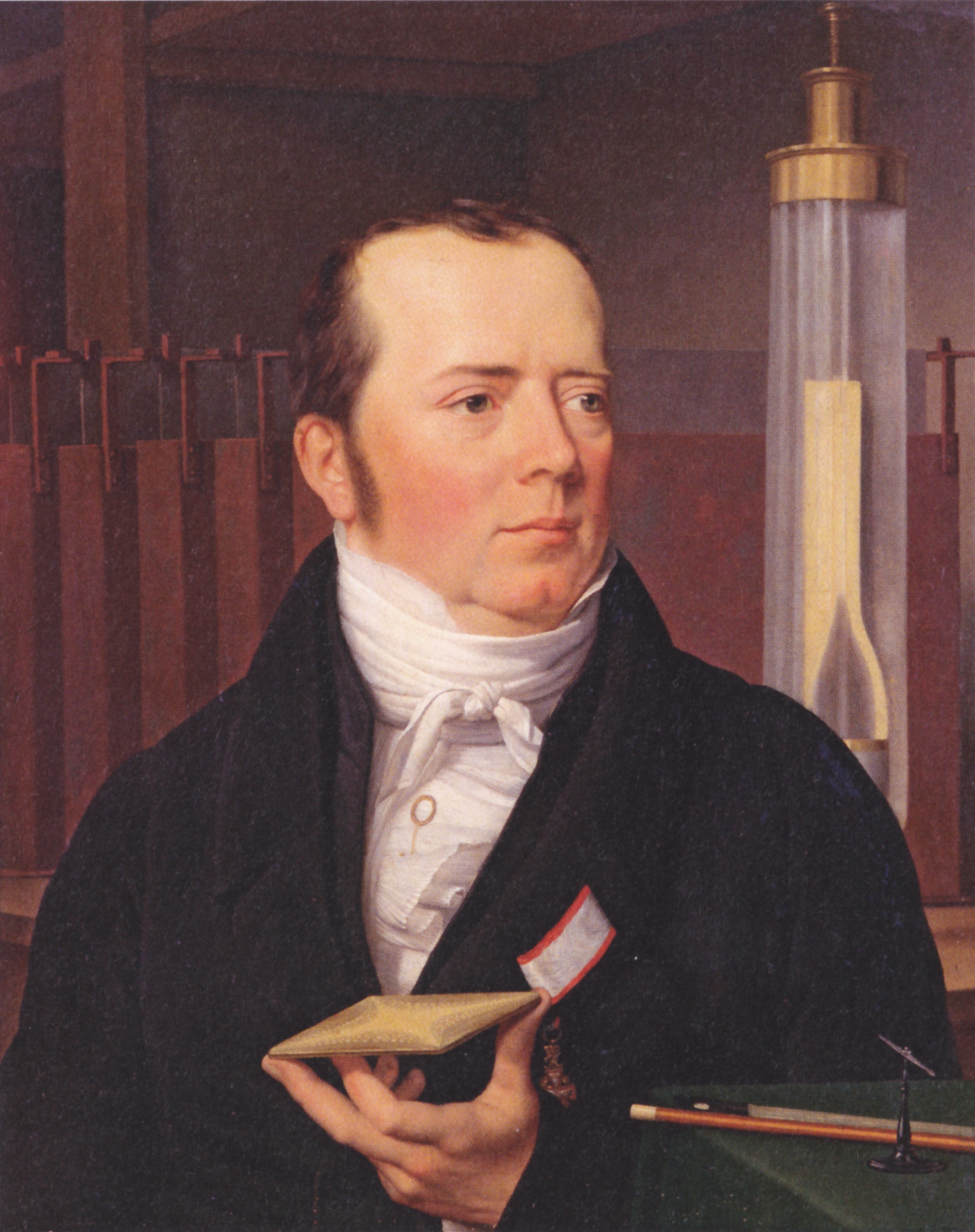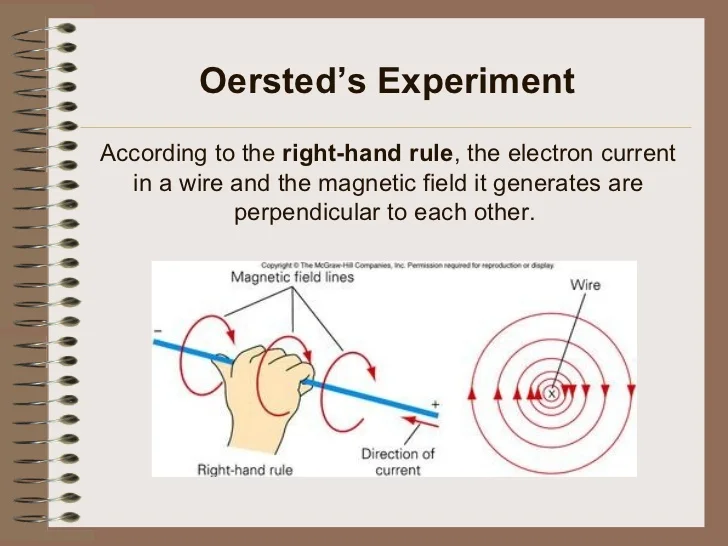Home > Sections > Famous Scientists > Hans Christian Ørsted
Hans Christian Ørsted
Life Details
Born: August 14th, 1777. Died: March 9th 1851.
Introduction
A Danish physicist and chemist who discovered that electric current in a wire can deflect a magnetized compass needle, Hans Christian Ørsted inspired the development of electromagnetic theory.
Early Life
Ørsted spent most of his early education at home, being taught alongside his brother by private tutors and his father, who was a pharmacist. From this, they gained entry to the University of Copenhagen in 1793. Hans would concentrate his efforts on pharmacy and proved an exceptional student. In 1799, he received a doctorate degree.
In 1806, Ørsted gained a professorship at the University of Copenhagen. He held talks with people, who paid him a small fee to hear them, and it didn't go unnoticed. The university appointed him a faculty position as a result, and he taught physical science.
Ørsted was a well travelled man; he went away on several foreign excursions, and in 1812, travelled Europe again. His travels allowed him to exchange ideas with other notable scientists. When he returned from his European travel, he married Inger Birgitte Ballum. Together, they reared eight children, and they were married until death.
Notable Works
In 1820, Ørsted made what is his chiefly known discovery - the connection between electrical and magnetic phenomena. While he found this out, most of the work surrounding the discovery was carried out by other scientists, such as François Arago and André-Marie Ampère, whose work with mathematics on electromagnetism was very influencial. 1820 was also the year that Ørsted isolated piperine (a component of pepper), which proved he was also a chemist.
Later Life
Having broad interests, Ørsted enjoyed philosophising and writing, as well as teaching an experimenting. Before he died in 1851, he was composing a book, The Soul in Nature, about his philosophical musings. He also encouraged others to write, including a certain Hans Christian Andersen.
His legacy lives on, in the Ørsted medal, a medal given to scientists from the Society for the Dissemination of Natural Science. They are awarded for the contributions of Danish scientists to physics, chemistry or the popularisation of science in general.
The unit of magnetic field strength in the Centimeter-gram-second system of physics was named after Ørsted in the 1930s. One oersted is equivalent to the field strength one centimeter from a unit magnetic pole under vacuum conditions.





